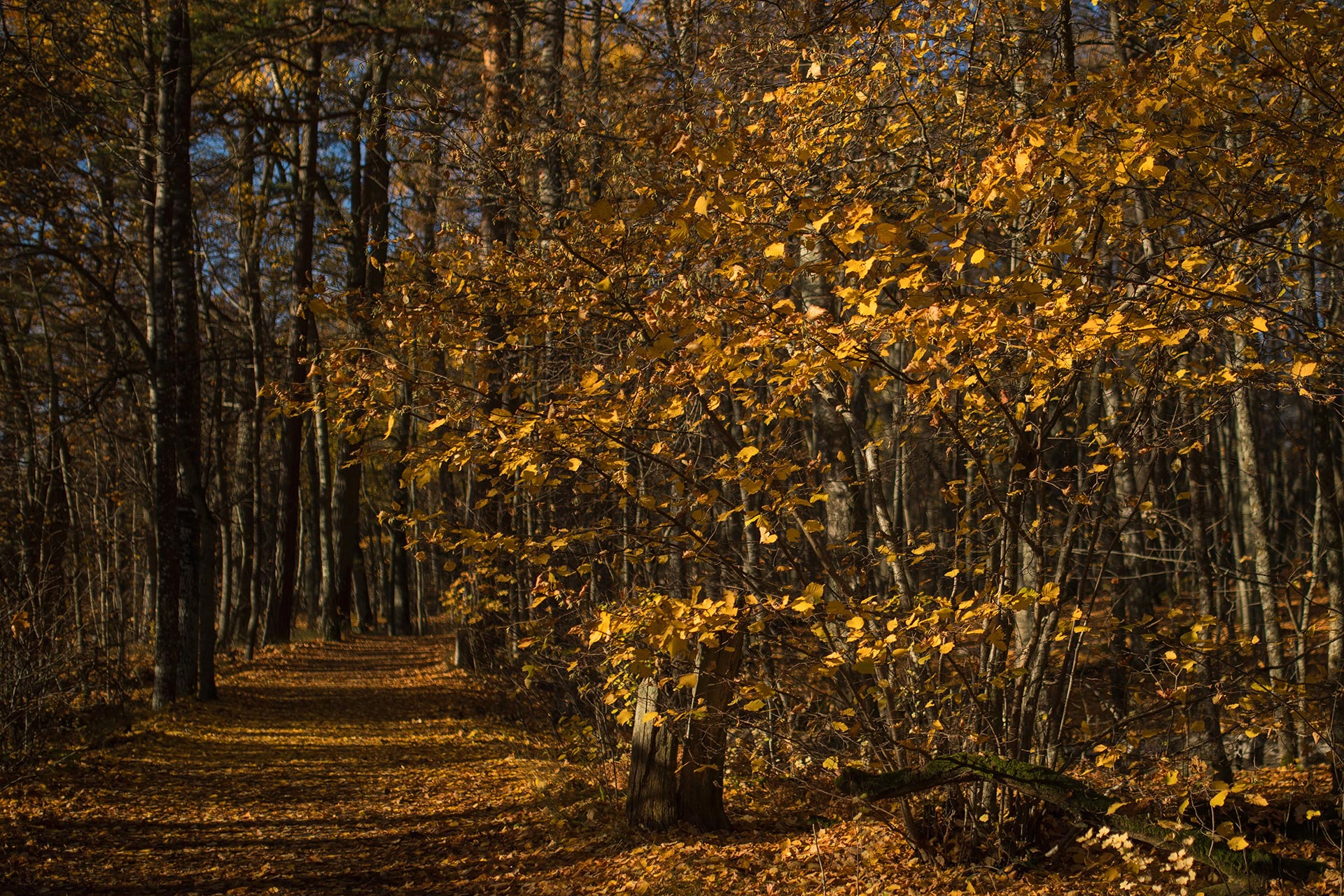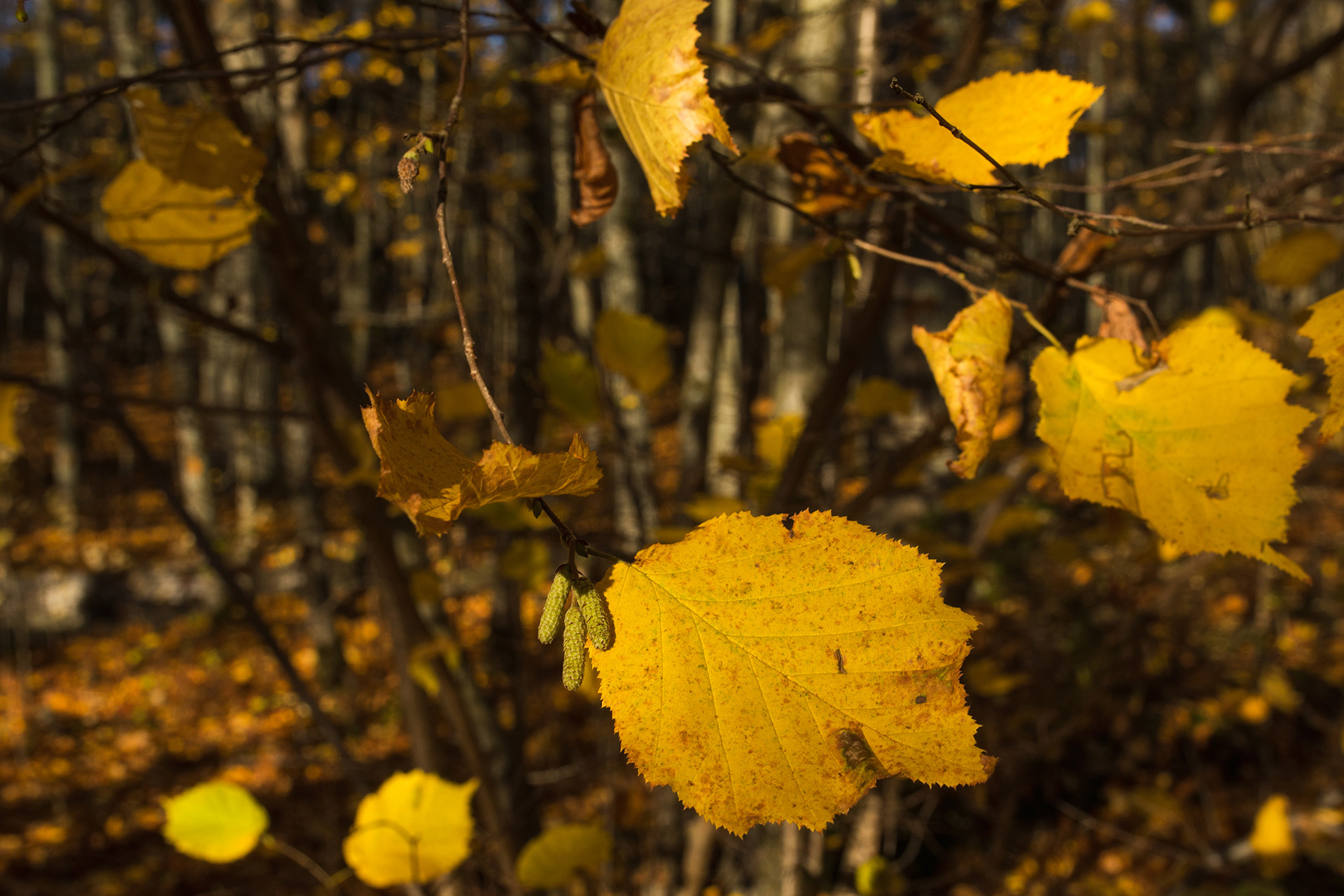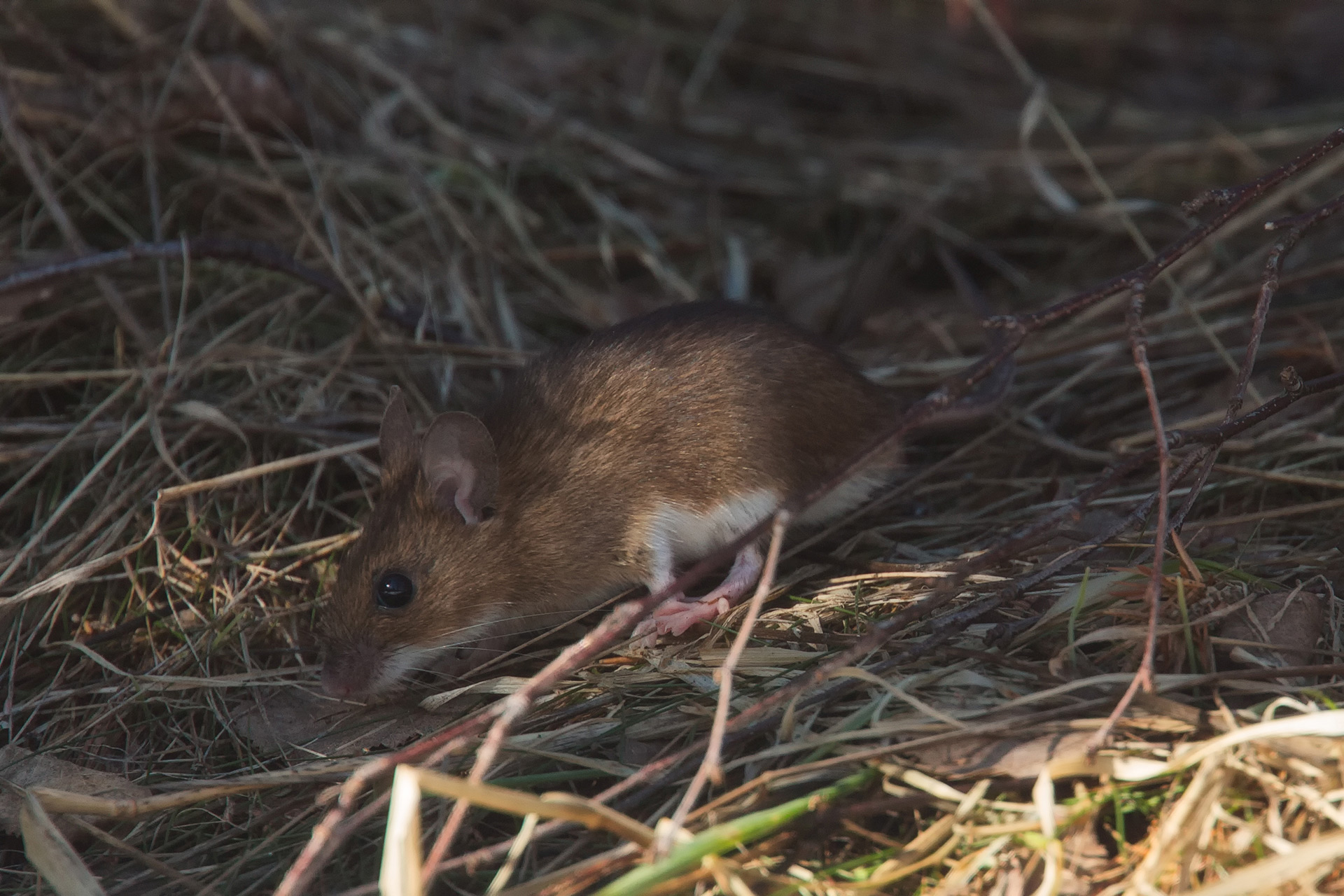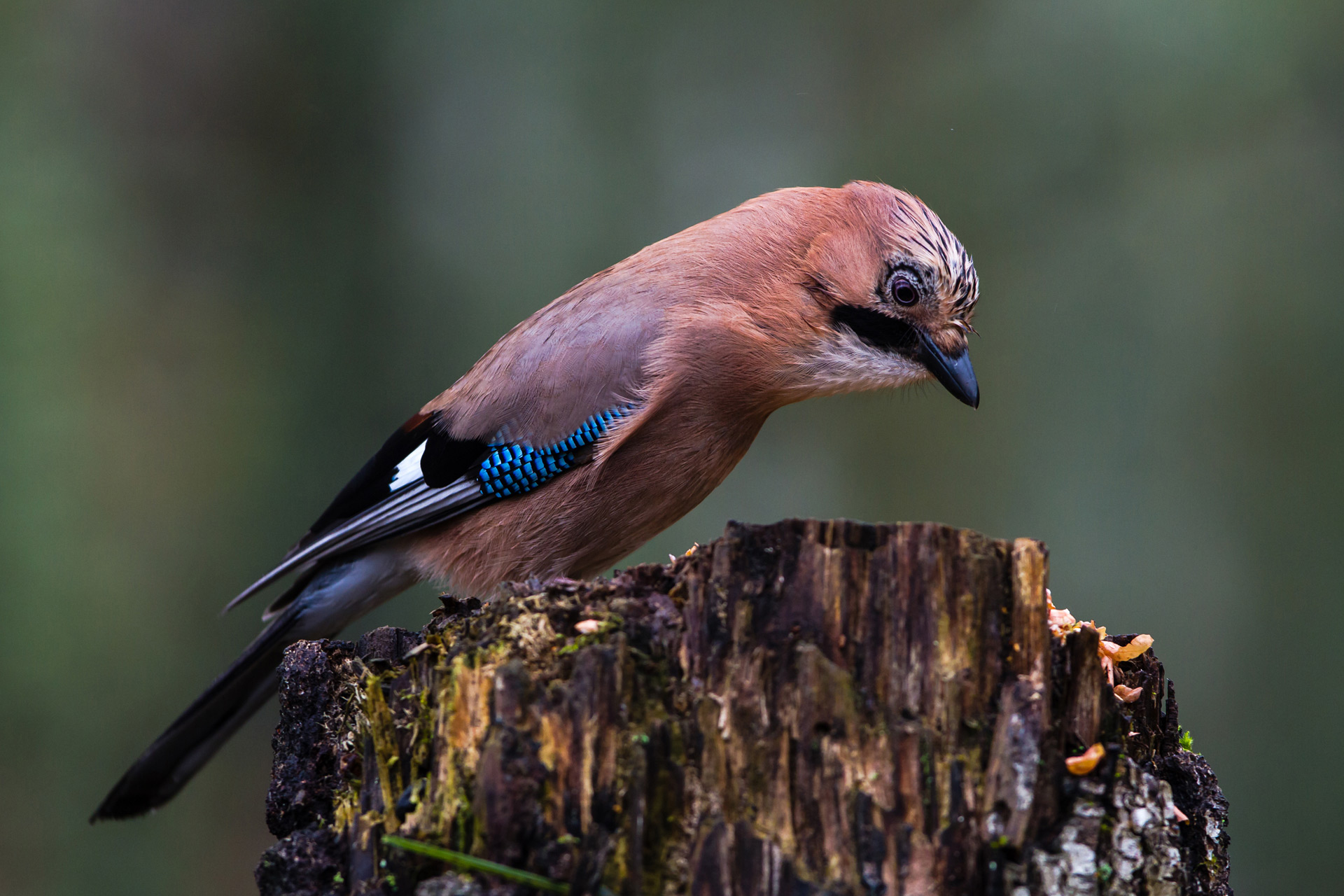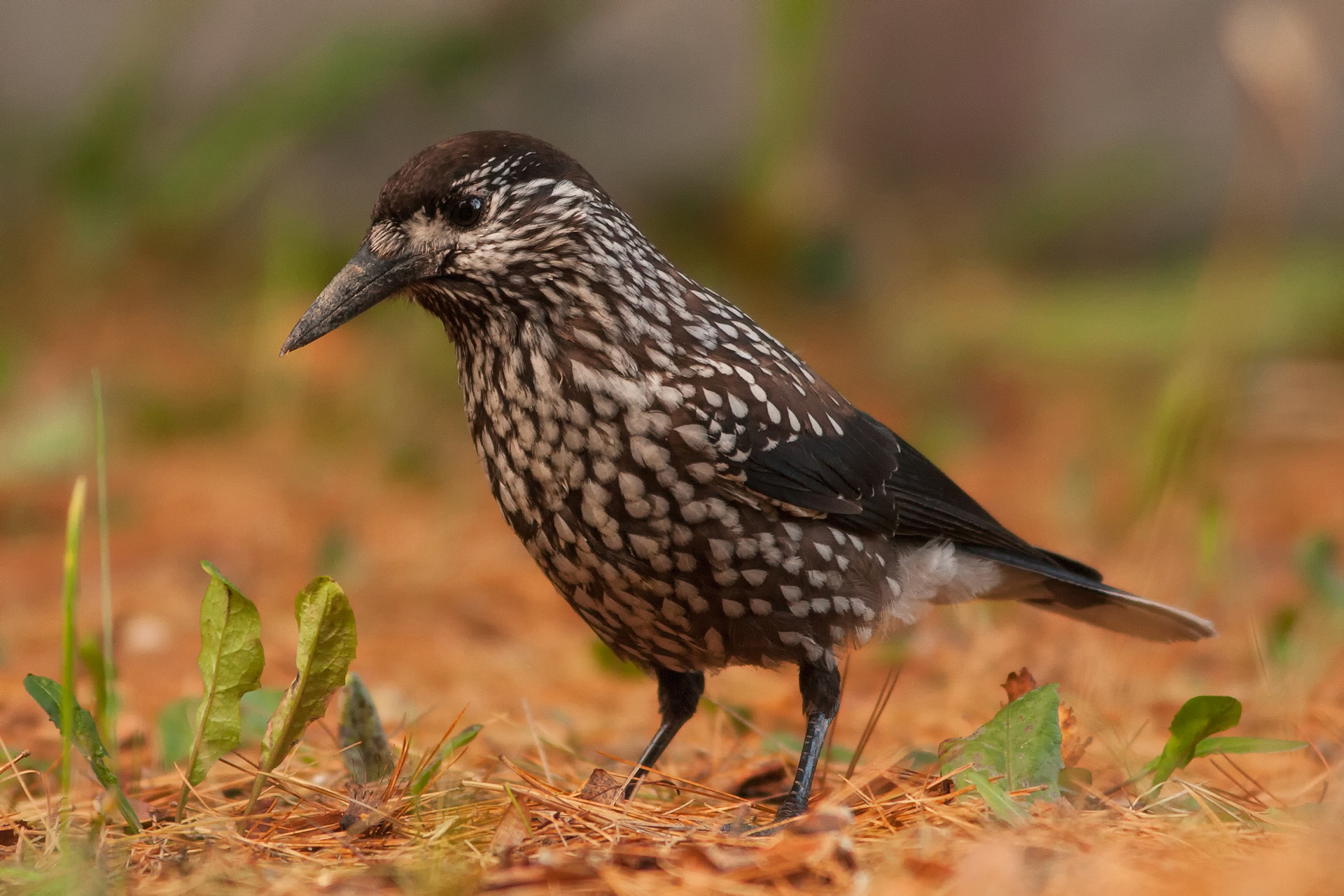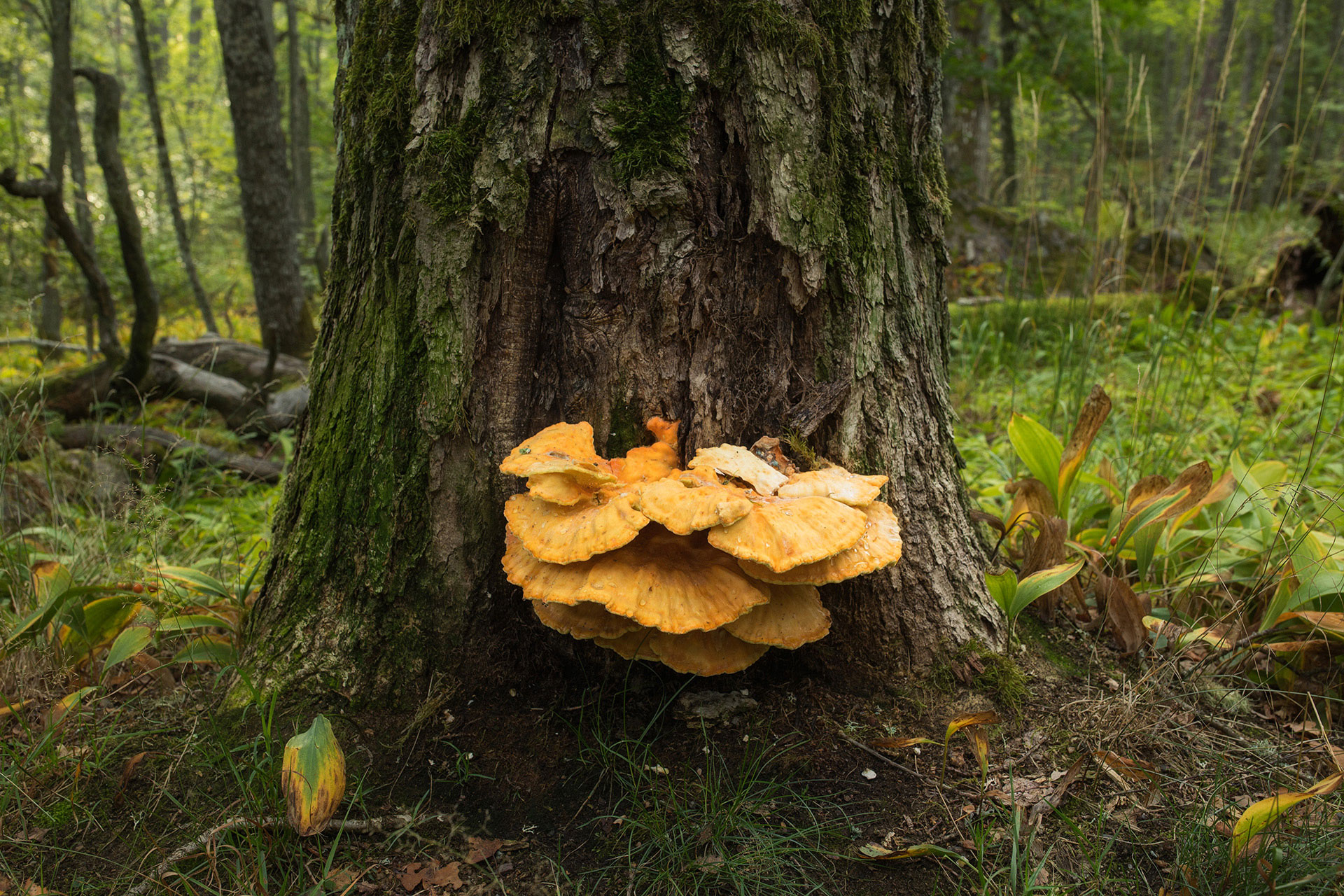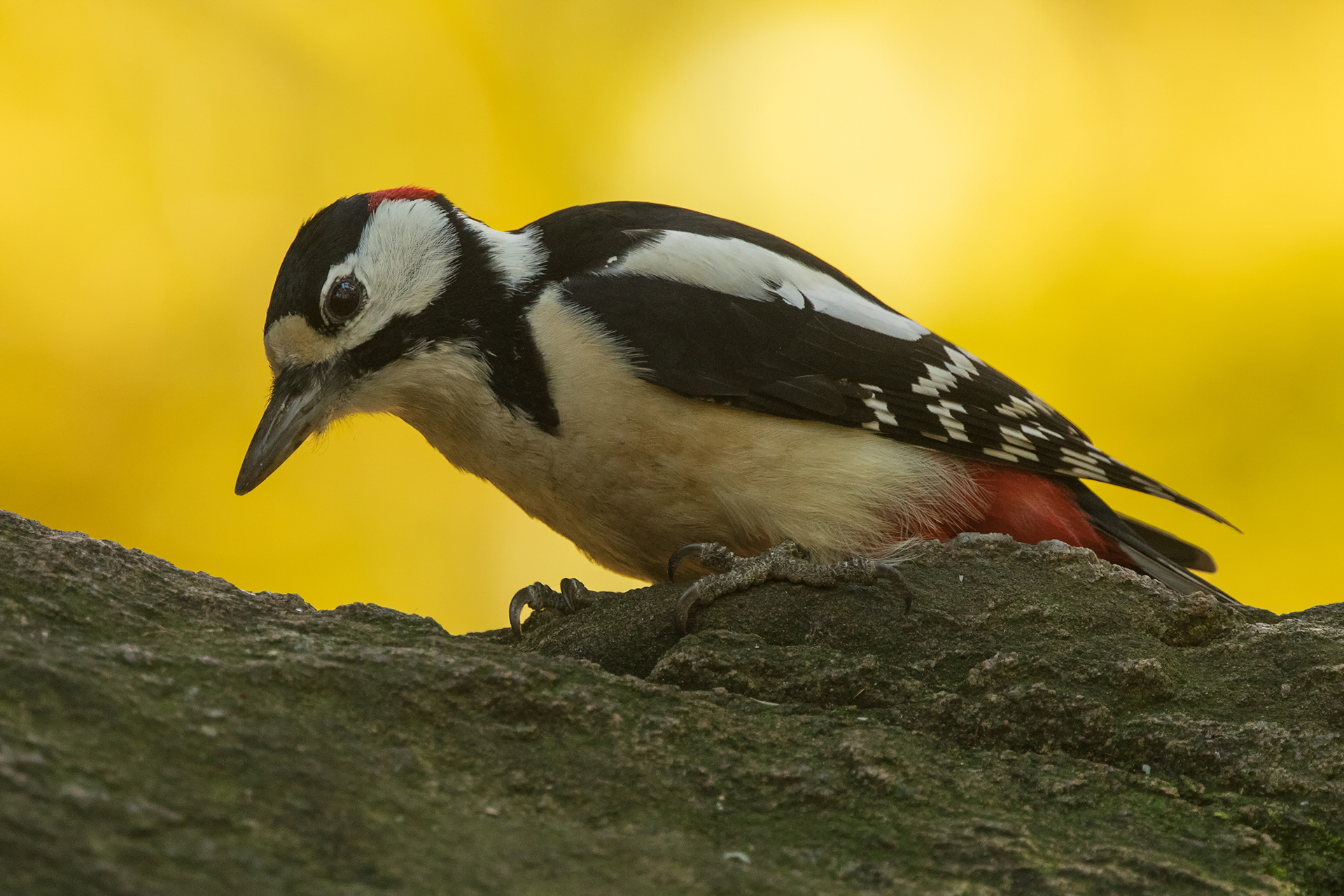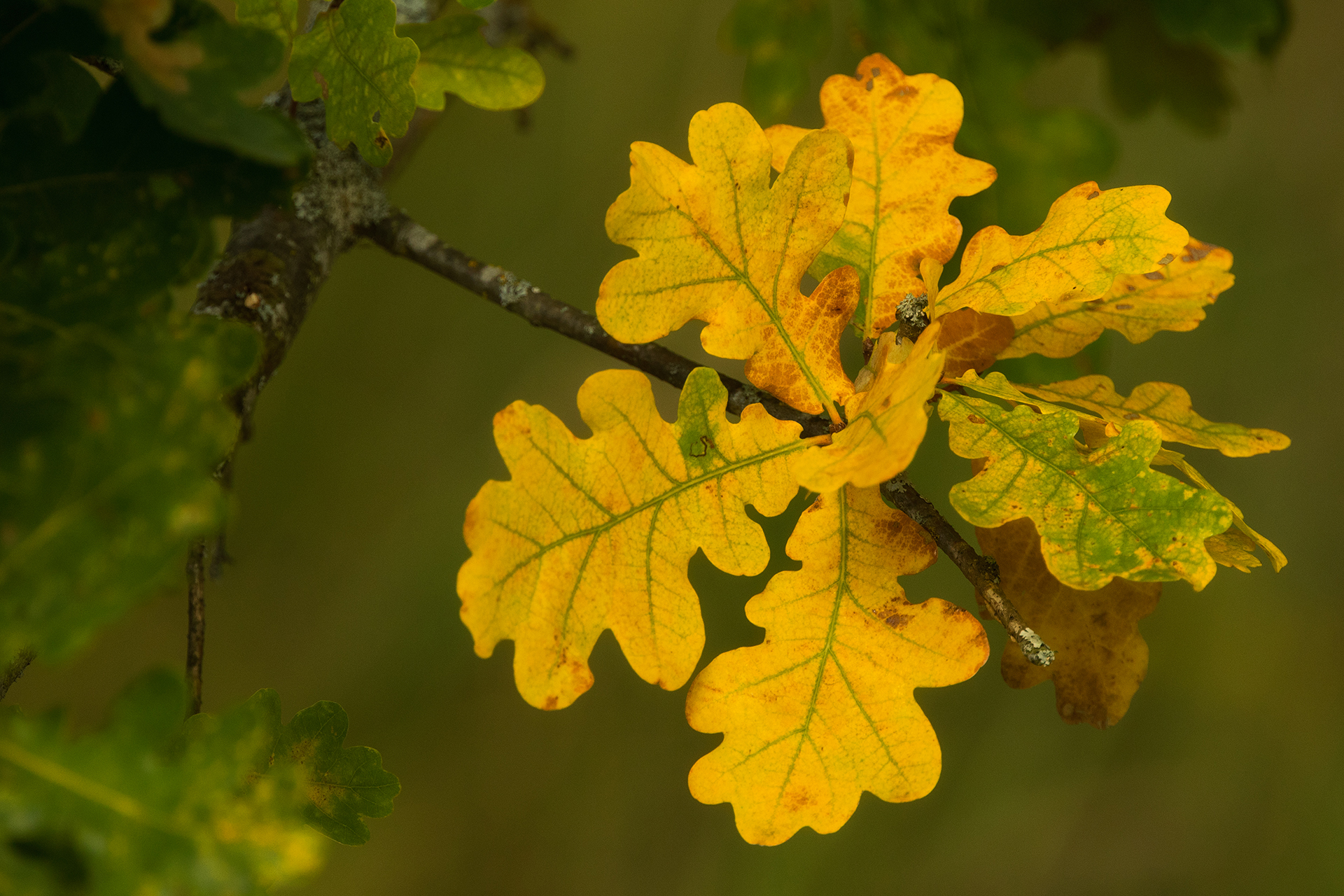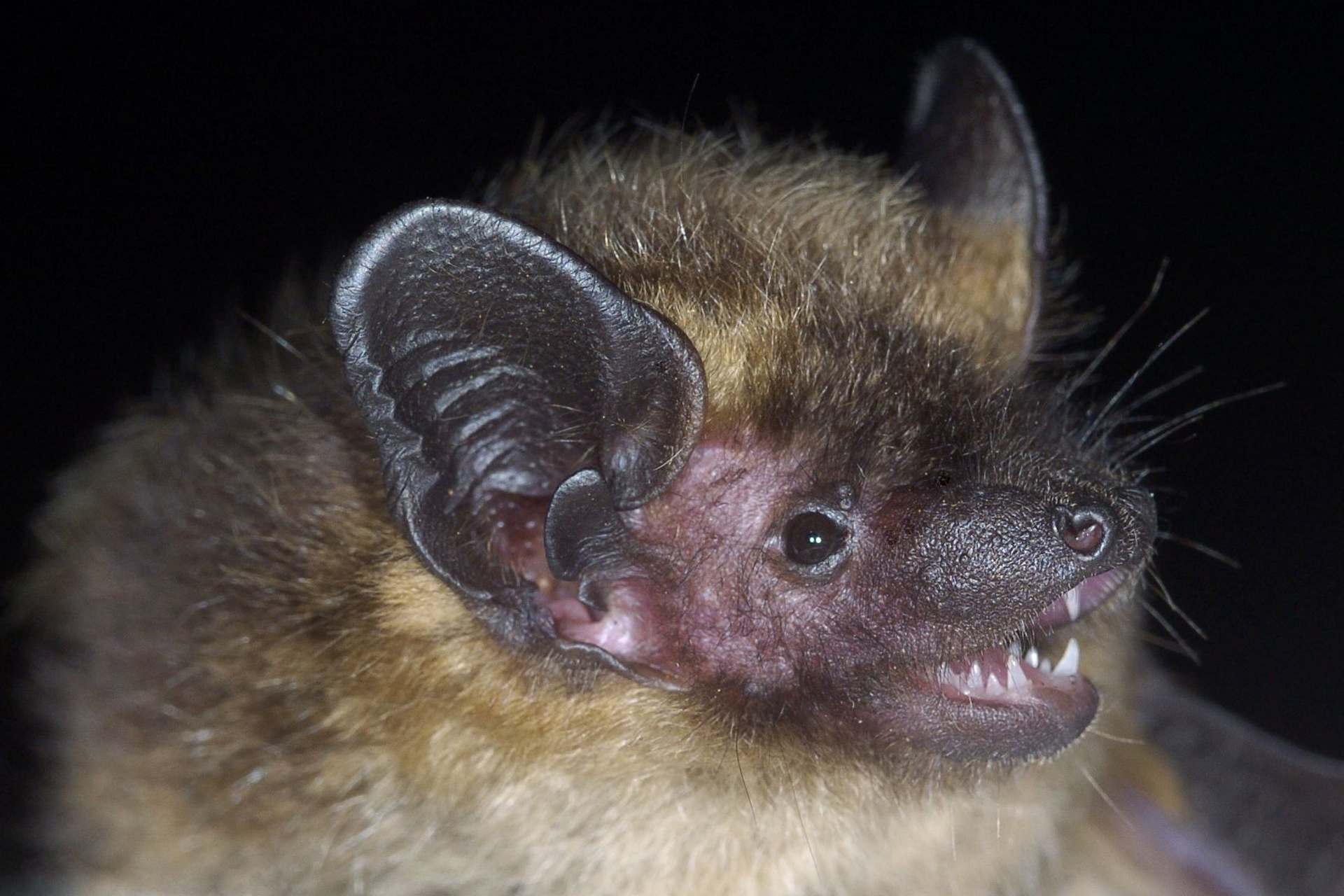The hazelnut harvest is a lifeline for many – and the harvesters do a big favour while harvesting
The hazelnuts produced by the common hazel growing on Ruissalo ripen in the autumn. This close relative of the plant that produces commercially grown hazelnuts used to be an important food source for humans, but nowadays most of its fatty and protein-rich nuts are eaten by animals. Species that participate in the harvest include squirrels, yellow-necked wood mice, Eurasian jays and nutcrackers, which hide hazelnuts under mosses and the forest litter for winter. Studies have shown that animals remember the locations of their nut caches surprisingly well and can even find them under the snow!
Another species found on Ruissalo that produces plenty of nuts is the English oak – an acorn is a type of nut, after all. The common hazel and the English oak do not grow their nuts for the benefit of animals, however, but for reproduction. Hazelnuts and acorns are their fruit; the hard shells contain a small seed, with the actual nut intended to serve as reserve nutrition for the seed.
Nuts need help reaching new growth sites, which is where birds and small mammals come in. They store thousands of nuts for the winter, but cannot find all of their caches later. This way nuts end up far away from their parent plant, allowing the small acorn or nut to sprout in a new location.
